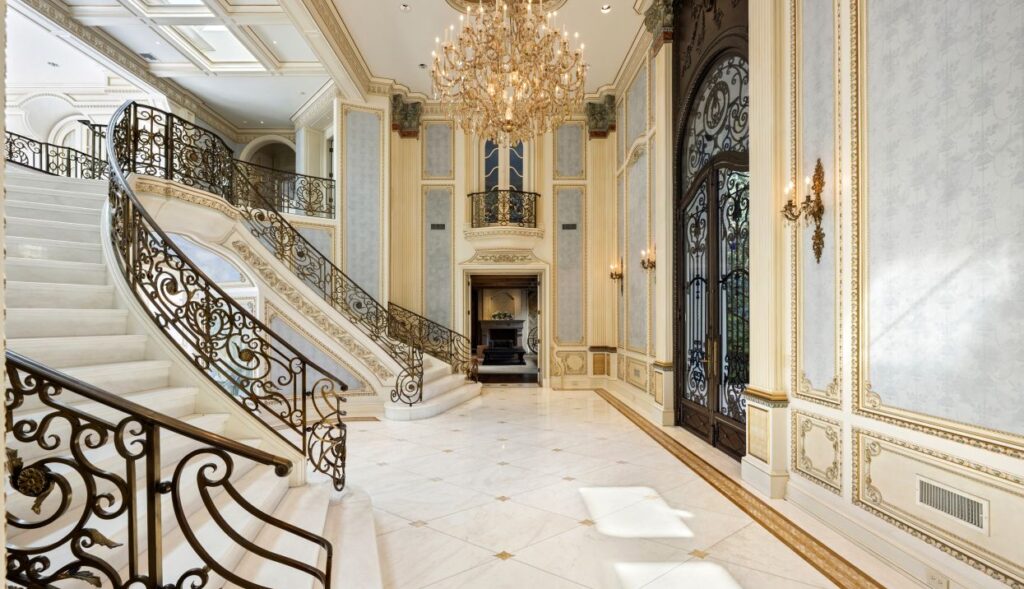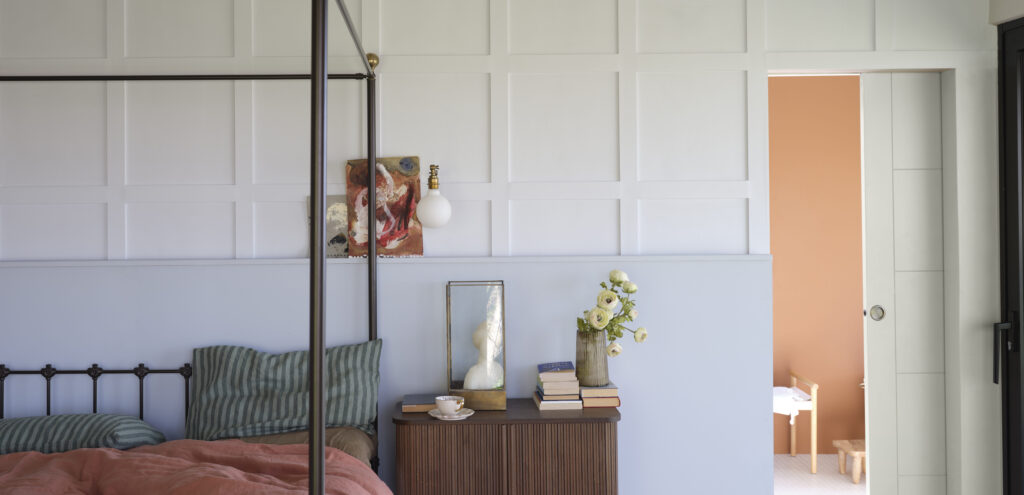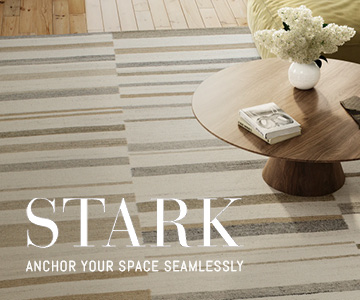Photos by Samantha Murasko
As part of revitalizing the artisan movement, emphasis is being placed on producers, their products and the ways in which simplicity and quality outshine almost all other components. The shift is most evident within the food and beverage industries, where farm-to-table or grain-to-glass is considered an artform. While chefs spend their time carefully sourcing ingredients from the best butchers, farmers, and foragers—it only makes sense that, in time, they’d turn their attention to the plates themselves, in addition to the food that goes on them. Handmade pottery has become a modern element of fine dining and NJ-based ceramicist, Jono Pandolfi, is putting his literal stamp on the back of the country’s most prestigious dinnerware.
From his Union City studio, Pandolfi is cranking out about 200 handcrafted pieces a day—some of which are part of his personal collection and others, custom creations for Eleven Madison Park, NoMad, and Jean-Georges restaurants, to name a few. His now ongoing relationship with the hospitality business began nearly 15 years ago, when Pandolfi had his big break at Terrace 5.
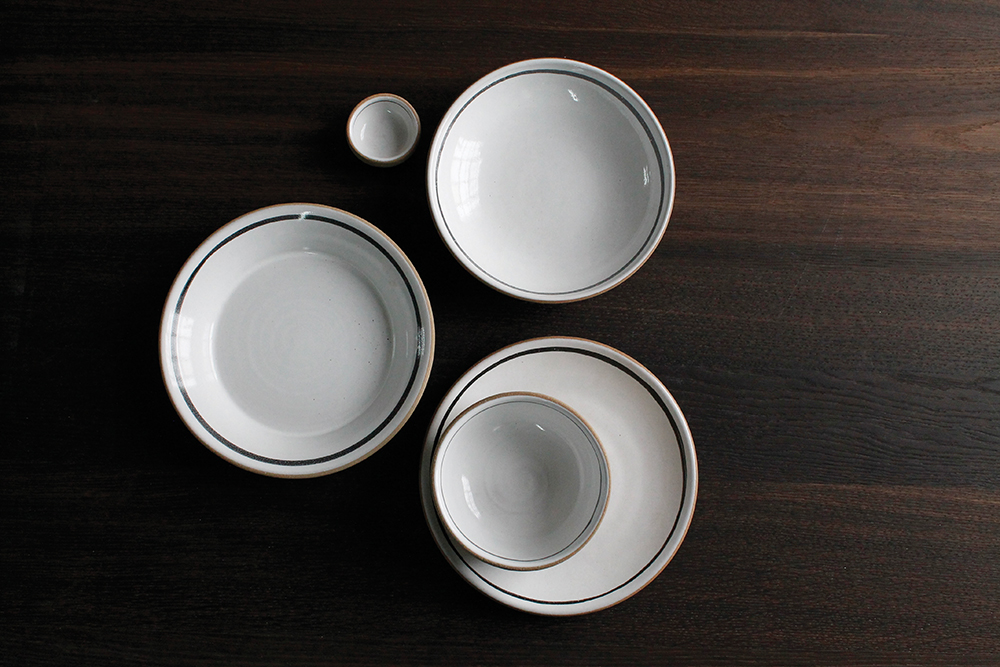 “Back in 2004, I had an opportunity to design some pieces for a new café at the MoMa in NYC,” Pandolfi explained. “That job led me to realize that chefs were a ripe market. It’s been a great ride getting from there to here.” And what he means by “from there to here” is that at one point, he was making bud vases and chopstick holders whereas now, his arsenal is much more refined and collaborations occur on the regular. “The hospitality business feeds itself. Because we work with so many notable establishments, we’re on the radar screen of many people in the industry.”
“Back in 2004, I had an opportunity to design some pieces for a new café at the MoMa in NYC,” Pandolfi explained. “That job led me to realize that chefs were a ripe market. It’s been a great ride getting from there to here.” And what he means by “from there to here” is that at one point, he was making bud vases and chopstick holders whereas now, his arsenal is much more refined and collaborations occur on the regular. “The hospitality business feeds itself. Because we work with so many notable establishments, we’re on the radar screen of many people in the industry.”
Inside his 4,500-square-foot space, Pandolfi serves as both a designer and manufacturer. Depending on the day, he’s either sitting down with chefs and customers discussing potential projects, showing samples, going over glazes, or he himself is behind the potter’s wheel, shaping clay, firing it off and shipping it out. The advantages of operating on this sort of scale (and acting as both producer and chief creative) is that Pandolfi’s products showcase his integrity and meticulousness with the consistency of something that is mass-produced.
Each piece—whether a plate, bowl, cup, or vase—requires time, artistry, and skill. But when it comes to a commision for a specific restaurant, there are a few other elements that are taken into account. Pandolfi explained, “Everything from price point limitations to the kind of storage space and dishwashing equipment the restaurant uses… Those are some of the weirder things that people might not think of. We also focus right in on the menu and the right color palette for the space and the food.”
We’ve all heard of the adage, “You eat with your eyes first,” but the key is for the food to live in harmony between what’s actually on the plate and the physical plate itself. That bright white almost sterile-looking china definitely makes a statement, but so can a bowl glazed in black or seafoam green. First, Pandolfi starts by pugging the clay (taking all the air out) and rolling it out into thin sheets. Then, he carves out the shapes, places them into a mold, and forms them using a jigger. The tableware is then allowed to dry before it’s fired off for the first time. It’s then glazed by hand and goes in for a second, final firing which gives the pieces their finish and durability.
“If anything, I have learned to trim out more labor intensive processes, while maintaining the quality of the finished product,” Pandolfi said, referring to his lengthy 16-step technique. “Labor is our number one expense.” For this reason, Pandolfi and his team tend to shy away from anything that strays too far from their roots and he admits to favoring a more rigid, rule-following work ethic.
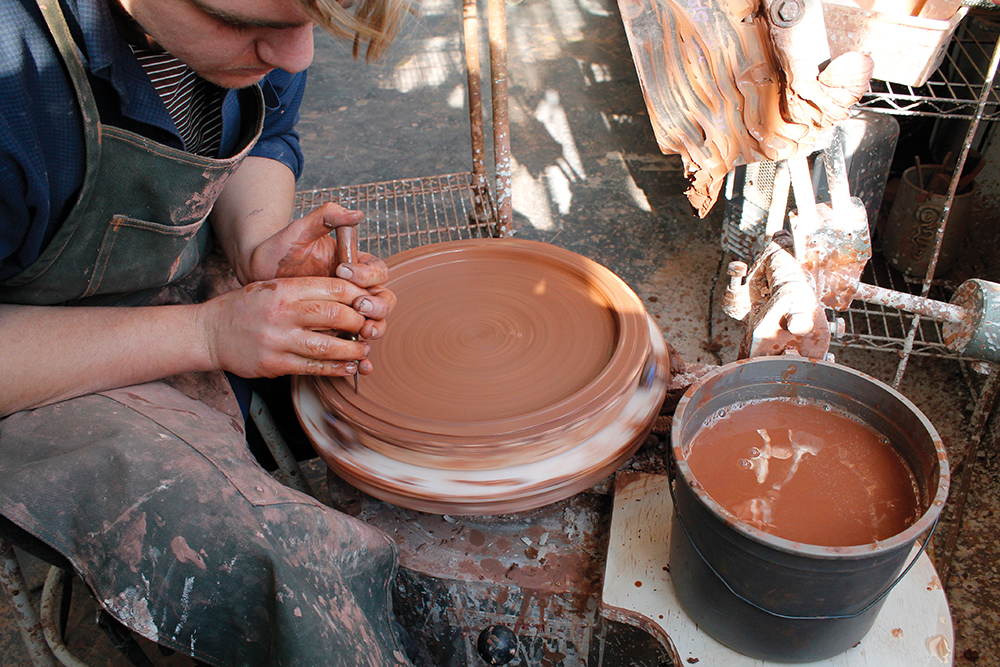 “I actually prefer designing for my customers and working within the confines and limitations of restaurant tabletops. I like making functional work, and working with chefs puts me in challenging situations, in a good way.”
“I actually prefer designing for my customers and working within the confines and limitations of restaurant tabletops. I like making functional work, and working with chefs puts me in challenging situations, in a good way.”
His signature style includes architecturally clean lines with glazes that are minimal in color, featuring earthy, natural tones that are sometimes finished with speckle detailing or marbling. There is a balance between rustic and modern, handmade and refined, to which Pandolfi is proud to say runs consistently throughout all of his designs, custom or not.
In many ways, Pandolfi’s process is a labor of love. Long after his tableware leaves the kiln, they become a vessel for chef concepts just as creative, thoughtful, and well-composed as they are.

